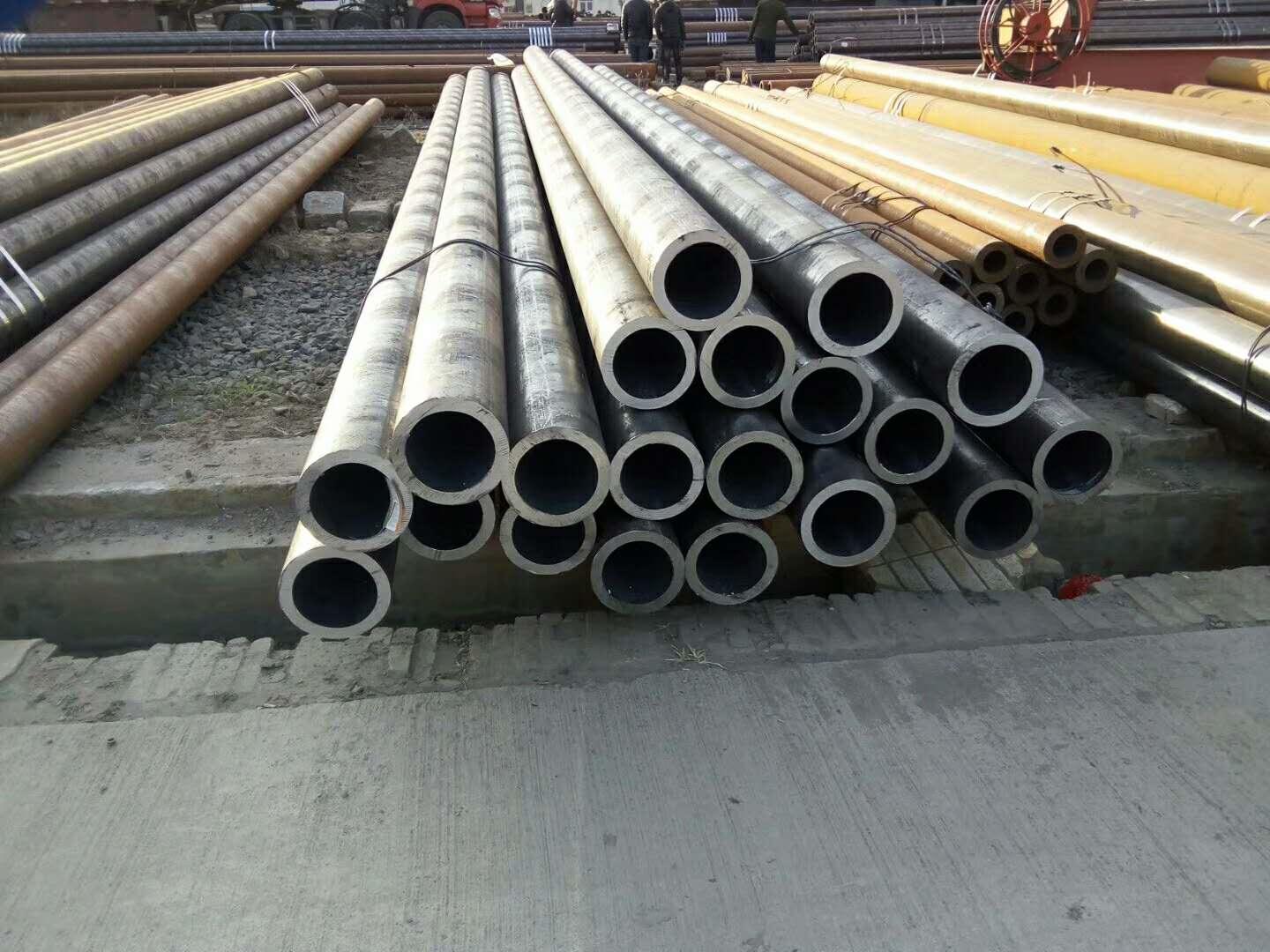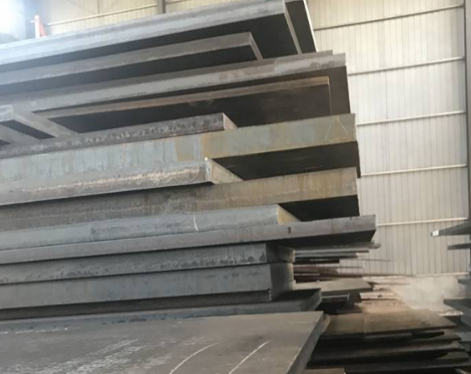The condition that the seamless steel pipe is damaged by the organic chemical or photoelectric catalytic effect of the substance is called corrosion. The key corrosion methods of seamless steel pipes are uniform corrosion (surface corrosion) and partial corrosion, and partial corrosion includes stress corrosion, point corrosion, crevice corrosion and stress corrosion. According to the survey, among the safety accidents of corrosion and damage of seamless steel pipes, only 10% are caused by uniform corrosion, and about 90% are caused by partial corrosion.
Causes of seamless steel pipe etching
1. Chemical corrosion
1) Surface environmental pollution: Oil, soot, alkali, salt, etc. adhering to the surface of the product will undergo chemical changes with some parts in the stainless steel plate parts and cause chemical corrosion.
2) Surface scratches: Various scratches damage the oxide film, reduce the maintenance work ability of the stainless steel plate, facilitate the response to organic chemicals, and cause chemical corrosion.
3) Cleaning: After pickling, if the cleaning is not clean and causes residual liquid, the stainless steel plate components (chemical corrosion) will be eroded immediately.
2. The electrochemical reaction
1) Environmental pollution of carbon steel: Carbon steel parts digest and absorb carbon steel components and produce key rechargeable batteries of corrosive substances to cause electrochemical reactions.
2) Laser cutting: phlegm, splash, etc. Adhesion to the etchant creates an initial rechargeable battery to cause an electrochemical reaction.
3) Baking correction: The composition of the heating range of the flame is changed to a metal material mechanism, and an electrochemical reaction is caused by an etching substance.
4) Electric welding: The physical defects and organic chemical defects of the electric welding area and the etching medium produce primary and intermediate rechargeable batteries to cause the erosion of power engineering compounds.
5) Raw materials: The organic chemical defects (asymmetry, S, P residues, etc.) in the steel plate and the physical defects of the surface layer (porosity, sand, cracks, etc.) promote the electrochemical reaction of the corrosive substances to produce primary and intermediate rechargeable batteries.
6) Passivation treatment: The actual effect of phosphating treatment is not good, resulting in unevenness or thinness, which is convenient for electrochemical reaction.
7) Cleaning: chemical corrosion of phosphating residue components.

Methods to prevent corrosion of seamless steel pipes
The primary anti-corrosion technology is the use of air oxide film separation technology, anti-corrosion paint technology and desulfurization agent technology. Among various safety protection technologies for seamless pipe corrosion, desulfurizer technology has become one of the most effective and commonly used methods because of its simple processing technology and wide application range. However, desulfurizers have significant technical limitations.
Among the most commonly used high-efficiency liquid substances, the desulfurizer must have a certain solubility and must exceed a certain concentration value. Traditional desulfurizers have large toxic and side effects and cause environmental pollution to the natural environment. At the same time, due to the small amount of desulfurizer used for seamless pipes, small external changes will cause great harm to the management system.
Causes of seamless steel pipe etching
1. Chemical corrosion
1) Surface environmental pollution: Oil, soot, alkali, salt, etc. adhering to the surface of the product will undergo chemical changes with some parts in the stainless steel plate parts and cause chemical corrosion.
2) Surface scratches: Various scratches damage the oxide film, reduce the maintenance work ability of the stainless steel plate, facilitate the response to organic chemicals, and cause chemical corrosion.
3) Cleaning: After pickling, if the cleaning is not clean and causes residual liquid, the stainless steel plate components (chemical corrosion) will be eroded immediately.
2. The electrochemical reaction
1) Environmental pollution of carbon steel: Carbon steel parts digest and absorb carbon steel components and produce key rechargeable batteries of corrosive substances to cause electrochemical reactions.
2) Laser cutting: phlegm, splash, etc. Adhesion to the etchant creates an initial rechargeable battery to cause an electrochemical reaction.
3) Baking correction: The composition of the heating range of the flame is changed to a metal material mechanism, and an electrochemical reaction is caused by an etching substance.
4) Electric welding: The physical defects and organic chemical defects of the electric welding area and the etching medium produce primary and intermediate rechargeable batteries to cause the erosion of power engineering compounds.
5) Raw materials: The organic chemical defects (asymmetry, S, P residues, etc.) in the steel plate and the physical defects of the surface layer (porosity, sand, cracks, etc.) promote the electrochemical reaction of the corrosive substances to produce primary and intermediate rechargeable batteries.
6) Passivation treatment: The actual effect of phosphating treatment is not good, resulting in unevenness or thinness, which is convenient for electrochemical reaction.
7) Cleaning: chemical corrosion of phosphating residue components.

Methods to prevent corrosion of seamless steel pipes
The primary anti-corrosion technology is the use of air oxide film separation technology, anti-corrosion paint technology and desulfurization agent technology. Among various safety protection technologies for seamless pipe corrosion, desulfurizer technology has become one of the most effective and commonly used methods because of its simple processing technology and wide application range. However, desulfurizers have significant technical limitations.
Among the most commonly used high-efficiency liquid substances, the desulfurizer must have a certain solubility and must exceed a certain concentration value. Traditional desulfurizers have large toxic and side effects and cause environmental pollution to the natural environment. At the same time, due to the small amount of desulfurizer used for seamless pipes, small external changes will cause great harm to the management system.









